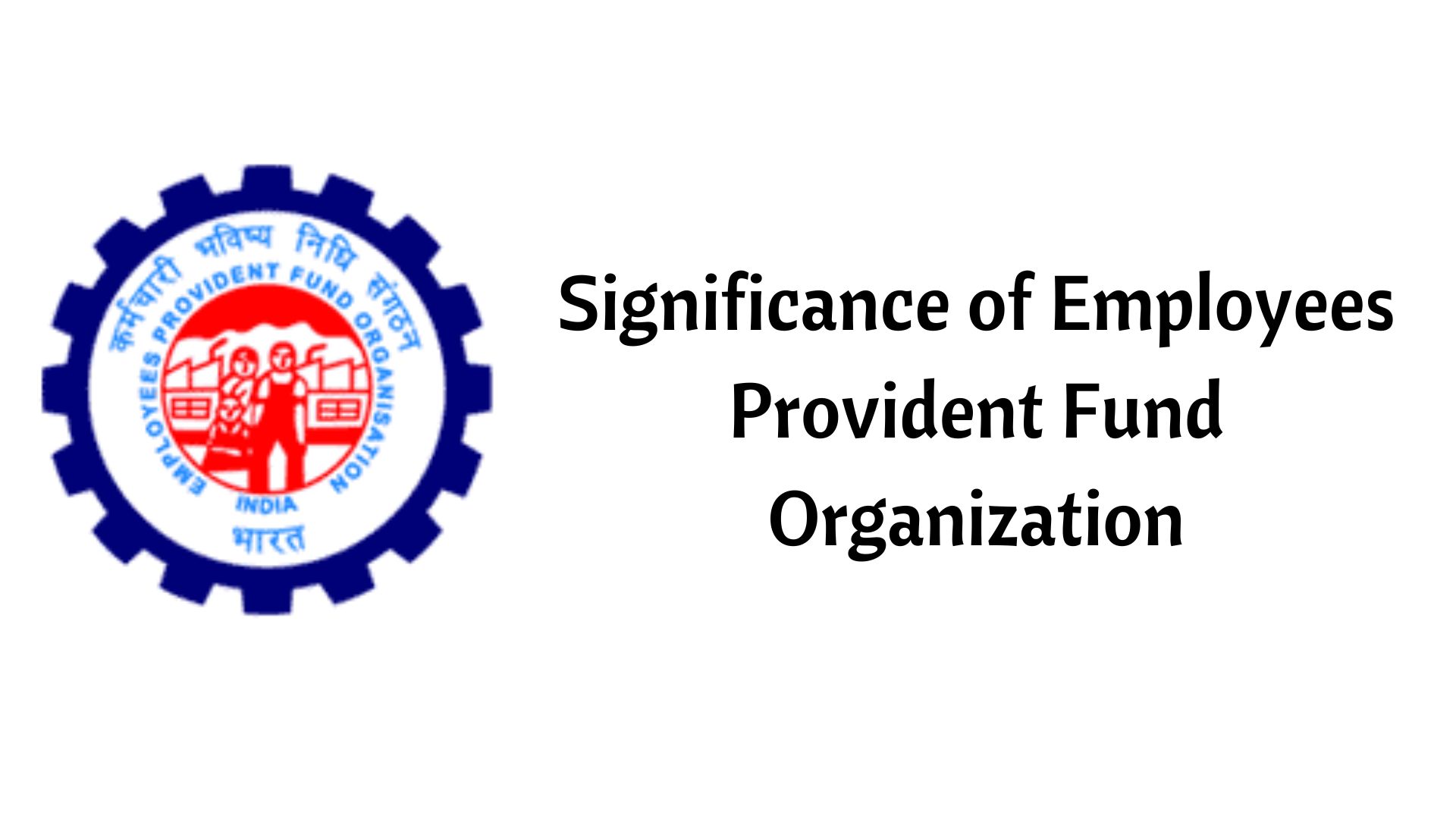Introduction:
The Employees Provident Fund (EPF) is a social security
initiative that plays a pivotal role in the financial well-being of employees
in numerous countries, including India and Malaysia. The EPF is a structured
savings scheme designed to provide financial security and stability to
employees during their retirement years.
Key Features
of Employees Provident Fund:
1. Mandatory
Contribution:
One of the fundamental aspects of the EPF is that it
involves mandatory contributions from both employees and employers. A certain
percentage of an employee's salary is deducted each month and deposited into
the EPF account. Employers are also required to make matching contributions.
2. Dual Accounts:
The EPF consists of two main accounts - the Employee
Provident Fund (EPF) account and the Employees' Pension Scheme (EPS) account.
While the EPF account primarily serves as a long-term savings vehicle, the EPS
account focuses on providing a pension to employees after retirement.
3. Interest Accrual:
EPF accounts earn interest, and the rates are declared
annually by the respective government authorities. The interest rates are
generally higher than those offered by traditional savings accounts, making EPF
a lucrative option for long-term savings.
4. Withdrawal
Options:
While the primary purpose of the EPF is to secure the
financial future of employees during retirement, there are specific
circumstances under which partial or complete withdrawals are allowed. For
instance, withdrawals are permitted for medical emergencies, education, home
loans, and during periods of unemployment.
Benefits of
Employees Provident Fund Organization (EPFO):
1. Financial Security in Retirement:
The EPF serves as a
reliable source of income for employees during their retirement years. The
accumulated corpus can be used to meet living expenses, healthcare costs, and
other financial needs in old age.
2. Tax Benefits:
Contributions made
to the EPF are eligible for tax benefits under the income tax laws of many
countries. This provides employees with an additional incentive to participate
in the scheme.
3. Interest Growth:
The compounding
effect of the interest earned on EPF contributions over the years results in
substantial growth of the fund. This ensures that employees receive a
significant corpus upon retirement.
4. Financial Discipline:
The mandatory
nature of EPF contributions instills a sense of financial discipline among
employees. It encourages regular savings and helps individuals build a
significant nest egg for their future.
Significance of Employees Provident Fund:
1. Social Security Net:
The EPF acts as a
social security net, ensuring that employees have a financial cushion to rely
on during their retirement years. This is particularly crucial in a world where
life expectancy is increasing, and individuals need sufficient resources to maintain
a comfortable lifestyle in old age.
2. Employee Well-being:
Beyond retirement
benefits, the EPF also provides financial support during emergencies or
critical life events. This ensures that employees can access funds when needed,
reducing financial stress and enhancing overall well-being.
3. Economic Stability:
The EPF contributes
to economic stability by promoting savings and long-term investments. The funds
accumulated in EPF accounts are often channeled into various sectors,
contributing to the country's economic development.
How to apply Employees
Provident Fund?
Applying for the Employees Provident Fund (EPF) typically
involves a straightforward process, and the specific steps may vary depending
on the country. In the context of India, where EPF is administered by the
Employees' Provident Fund Organization (EPFO), here are the general steps for
applying:
Applying
for Employees Provident Fund (EPF) in India:
1. Eligibility:
Ensure that you are
eligible for EPF. In India, EPF is mandatory for organizations with 20 or more
employees. If you meet this criterion, you are eligible to apply for EPF.
2. Registration of Establishment:
Employers need to
register their establishment with the EPFO. This involves submitting relevant
documents, such as the company's incorporation certificate, PAN card, and
details of employees.
3. Obtain Establishment Code:
Upon successful
registration, the employer receives an Establishment Code from the EPFO. This
code is unique to each establishment and is used for all EPF-related
transactions.
4. Obtain Employee Details:
Collect the
necessary details from each employee, including their Aadhar card, PAN card,
bank account details, and a photograph. Ensure that the details are accurate
and up-to-date.
5. Generate UAN (Universal Account Number):
The employer needs
to generate a UAN for each employee. The UAN is a unique 12-digit number
assigned to each member of EPF, and it remains constant throughout the
employee's career. It helps in linking multiple Member Identification Numbers
(Member IDs) allotted to a single employee.
6. Submit EPF Nomination Form:
Employees are
required to fill and submit the EPF nomination form (Form 2) to declare their
nominees. This is a crucial step, as it determines who will receive the
accumulated EPF corpus in case of the employee's demise.
7. Monthly Contributions:
Both the employer
and the employee need to make monthly contributions to the EPF account. The
employer deducts the employee's share and contributes their share along with
other administrative charges.
8. Monthly EPF Remittance:
Employers need to
remit the total EPF contributions to the EPFO on a monthly basis. This can be
done online through the EPFO portal.
9. Filing Monthly Returns:
Employers must file
monthly EPF returns through the Electronic Challan cum Return (ECR) portal of
the EPFO. This includes details of employee contributions, employer
contributions, and other relevant information.
10. Providing EPF Statements:
Employers are
required to provide EPF statements to employees on a periodic basis. These
statements detail the contributions made by both the employee and the employer,
along with the interest accrued.
11. Claiming EPF Withdrawal or Transfer:
Employees can apply
for EPF withdrawal or transfer when changing jobs. The process involves
submitting the relevant forms through the online portal.
12. Updating Member Details:
Employers should
regularly update member details such as KYC (Know Your Customer) documents,
Aadhar, and bank account details for seamless EPF operations.
Additional Tips:
Online Portal Usage:
EPFO provides an
online portal for both employers and employees to manage EPF-related
transactions. Ensure that you are familiar with the online portal to streamline
the application process.
Consultation with EPFO Officials:
In case of any doubts
or issues, it is advisable to consult with EPFO officials or visit the nearest
EPFO office for guidance.
The Employees Provident Fund is a cornerstone of social
security and financial stability for employees. Its mandatory nature, coupled
with tax benefits and attractive interest rates, makes it a compelling savings
avenue. By fostering financial discipline and providing a reliable source of
income during retirement, the EPF plays a crucial role in promoting the overall
well-being of the workforce and contributing to economic growth. Employers and
employees alike should recognize the significance of the EPF and actively
participate in this invaluable scheme for a secure and prosperous future.

